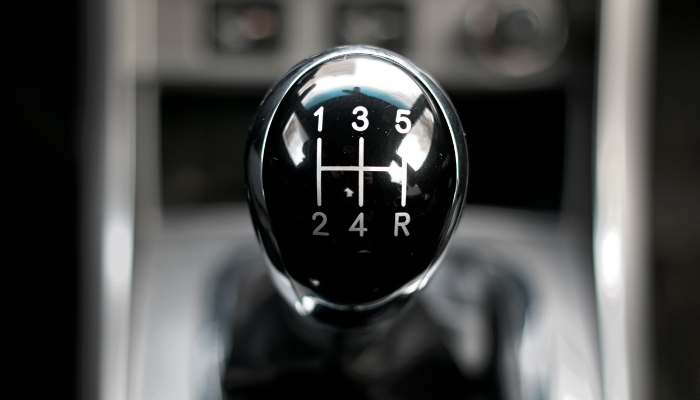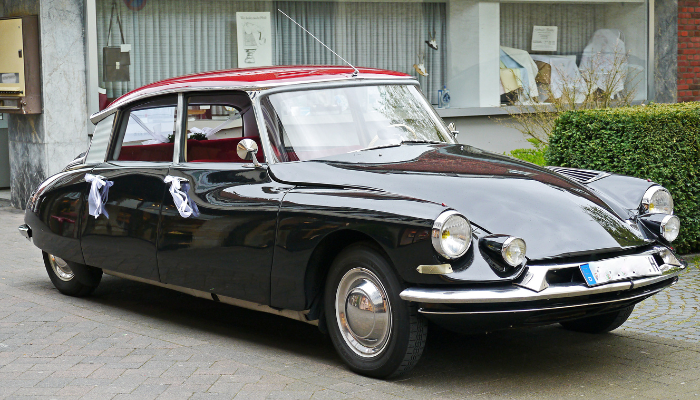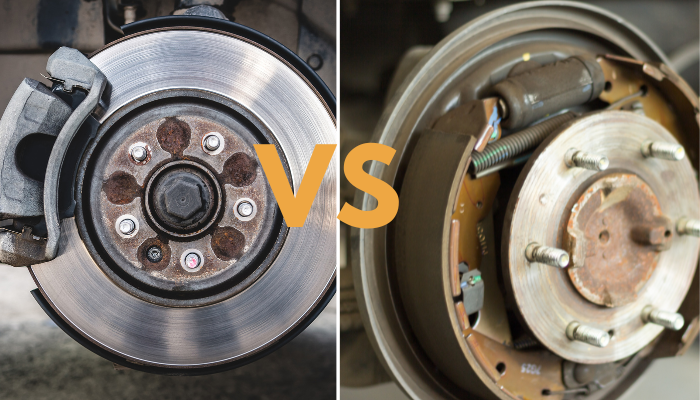It might seem like a crazy idea to travel to another country to buy a car when loads of cars are available far closer to home. But the fact is, sometimes, the car we want requires a trip abroad. This means we need to import a classic car, the thought of which may seem daunting. Don’t panic though, we are here to help guide you through the process.
Sometimes, especially with classics, the exact Spanish model we want is most easily found in Spain! If you’re thinking of jet setting for your newest vehicle – just know you’re not alone! According to statista.com, the value of automotive trade between the UK and its’ trade partners exceeded 100 billion GBP in 2018 and 2019. The automotive import trade alone was valued at almost 58 billion in 2019.
So, if bringing a foreign vehicle to local soil is your dream, take a look at our top tips for importing a classic car to the UK!
Do Your Research Before you Import a Classic Car:
We’re going to assume that you are already aware of the potential perils and pitfalls of owning a classic car. You might be absolutely in love with the foreign classic but remember you will need parts and someone who can perform repairs (unless you know how yourself). Make sure you have research component availability and all the other practicalities before you take the plunge. It will also be prevalent to do some research surrounding the car prices for the equivalent model in the UK and where it is for sale so you can make sure you’re not getting ripped off!
Make sure you familiarise yourself with any red tape, import taxes and the like as this may increase the cost of your purchase.
Try Before You Buy:
We know that some of these beloved vintage vehicles won’t be roadworthy, so you might not be able to take it for a spin; however, we definitely recommend avoiding that Buy It Now button! If you don’t know much about cars, it can be a good idea to take someone with you who has working knowledge of classic cars. They can help with a second opinion and ensure you’re not wearing your rose coloured glasses. Scammers exist, and pictures of a vehicle posted on the internet don’t guarantee that the car is real or available for purchase!
Seal The Deal:
When discussing the ins and outs of the purchase, if language proves to be a barrier, remember you can use Google Translate, or an online translating service, to help you ask all the questions you need of the vendor. You will need to agree on what currency you are paying in, allowing for exchange rates. Don’t forget, Thanks to Brexit, we now have to pay 20 per cent VAT on any car purchased abroad and imported to the UK. Take this into consideration when agreeing on the price. Of course, as in much of business, haggling is expected; however, avoid offering a rock bottom price – this may annoy your seller, and while they hold the keys, they also have the power.
Put It In Writing:
A few Facebook Messenger messages aren’t going to cut it here. You will need formal written proof of sale to get your new car out of any country and back to the UK. This contract should include:
- Name and address of vendor and buyer
- Type of vehicle and registration details
- Chassis number
- Amount paid
- Details of any warranties if applicable
- Signatures of both parties
You will also need registration documents and, depending on the country, possibly an export licence and equivalent MOT.
Getting It Home:
Of course, how you get the car home will depend on where the car is and if it’s roadworthy. Make sure to do plenty of research regarding where you can and cannot drive the vehicle. For example, in Italy, the registration plates belong to the owner and not the car. This means you’d need to get the vendor to agree to let you borrow the plates and send them back when you’re in the UK, or you’d need temporary export plates. A UK insurance company should cover the purchase using the chassis number along with a declaration of sale, registration documents and MOT. However, once you’re in the UK, you’re not allowed to drive on the Queen’s Highway with foreign or export plates unless you have a pre-booked MOT here in the UK.
It might not surprise you that all of these tricky rules are the reason many people think it’s easier to either hire a trailer or a professional vehicle transport firm to get your new beauty back home.
Now You’re Here: There are a few things you’ll need to do once you import a classic car back in the UK with your classic car.
- You’ll have 14 days to let HMRC know you’ve imported a car; you can do this through the Notification of Vehicle Arrivals Service (NOVA). This service will inform you of any import duties, and approval takes a couple of weeks.
- You’ll need to get an MOT for any classic car under 40 years old, but we recommend getting one even if it’s not required by law. This will prove roadworthiness and let you know of any jobs that might need doing on the vehicle.
- Complete a V55/5 – this allows the vehicle to be registered in the UK. The form can seem very daunting, but there is a ‘How To Complete’ guide available.
- Register with DVLA: once your V55 is completed and the MOT cert is in hand, you can send everything, along with proof of address and insurance, to the DVLA. This costs £55; they may ask for your car to be inspected, which will be done by a subcontractor.
Of course, if all of this seems far too overwhelming, several car import companies in the UK can source the car, seal the deal and get it shipped home and roadworthy, all while you avoid the hassle!







Leave A Comment